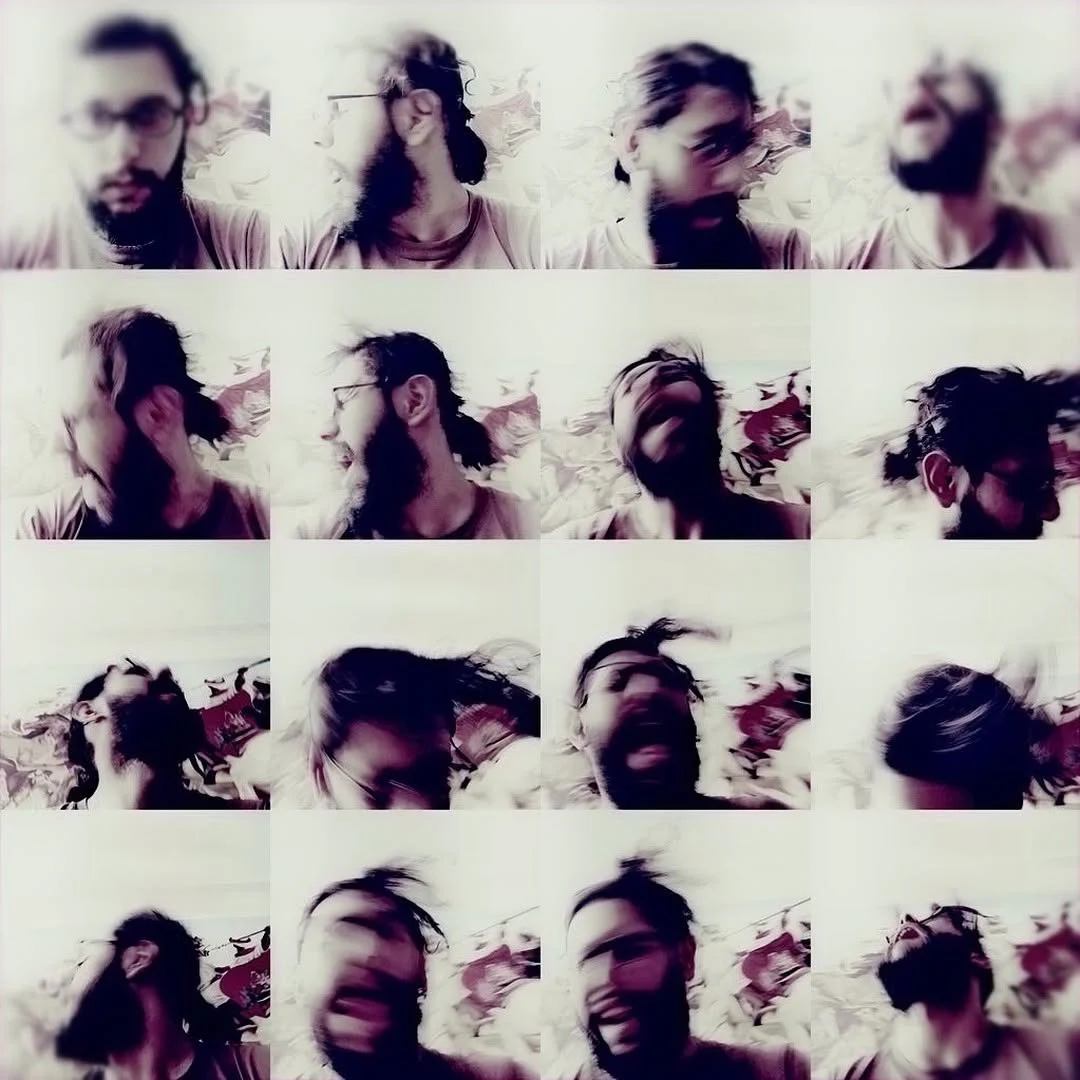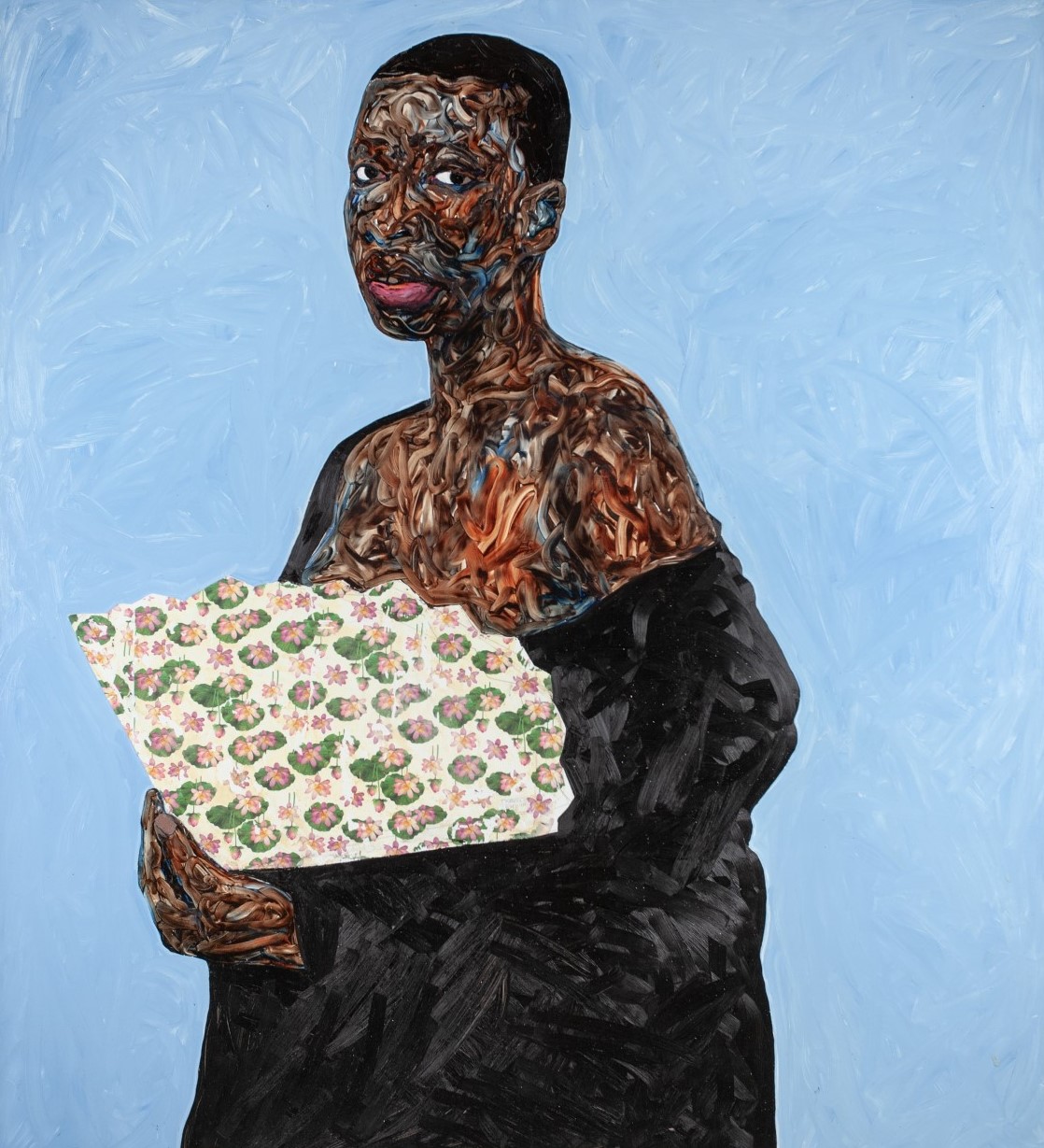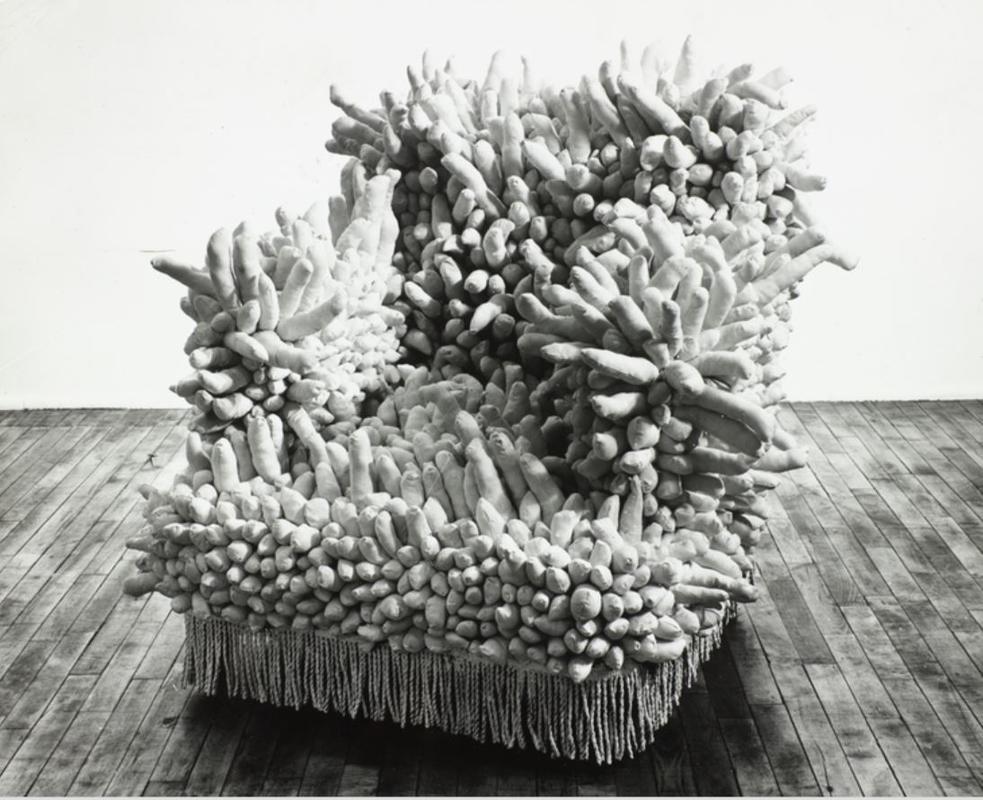Reza Hedayat-From Mesopotamia to the Present
The Elixir of Immortality: From Mesopotamia to the Present
The Role of Balance in the Elements of Painting
Reza Hedayat’s series of paintings[1], titled The Garden of no fall, embodies a poetic space brimming with vibrant colors. Hedayat is an artist whose visual language is deeply influenced by Eastern art, yet his formal simplicity and richly personal chromatic innovations allow his work to transcend geographical boundaries. In his compositions, neither space dominates the figures nor do the figures overpower the space; color emerges from form, and form arises from color. His paintings achieve a state of equilibrium, where all elements merge into an idyllic, paradisiacal vision.
Hedayat’s works connect the viewer’s imagination to ancient murals in art history. Rituals for survival and the mystical significance of magic in the past have given way to an eternal garden overflowing with pleasure, beauty, and abundance. These frames have been extracted from the depths of history and brought into the contemporary era.
Kurdistan, Iran, Mesopotamia
In part of his interview, Reza Hedayat emphasized his Iranian identity and spoke about his works: "Naturally, what exists for me is the environment in which I was shaped. Sometimes, this canvas is Kurdistan for me, sometimes Iran, and at other times Mesopotamia—meaning I consider all these places my own canvas. All of these become my land, and everything within them is what exists in my homeland."[2]
In Mesopotamian art, we encounter a ritualistic and ceremonial essence. The worship of lords and priestly rulers has saturated the atmosphere of this art.[3] By borrowing historical and geographical elements from the past and the contemporary environment in which he lived, Hedayat chose a more delicate medium than stone engravings and carvings. His paintings pulsate with magic, fantasy, poetry, and literature—as if inviting the viewer to beauty and earthly life. He has intelligently constructed this space in two distinct sections, which flow alongside each other like a roaring river yet remain unmixed—a feature reminiscent of Mesopotamian (the land between two rivers) culture and art. (fig. 1)
Historical and Geographical Elements
His technique is such that forms emerge from uniform, luminous color fields. In effect, the artist overlays his monochromatic background onto a richly textured, labor-intensive surface, allowing elements meant to occupy the rear plane—such as a surging river—to flow dynamically across the composition. (fig. 2) This method evokes an emphasis on ancestral history and its significance from the artist’s perspective—a deliberate foregrounding of Eastern civilization in the present moment.
In this vein, Ahmad Reza Dalvand has written about Reza Hedayat’s pictorial style: "Reza Hedayat engages in a paradoxical interplay with his profusion of colors on the canvas. By layering darks over lights and vice versa, he channels luminosity through unpredictable apertures within darkness. Tirelessly, every painterly gesture he makes cultivates the surface, striving for harmony and rhythm in his works. This painter tames vast, controlled chromatic expanses with flat overlays, orchestrating a vision where beasts, birds, and humans coexist in paradisiacal peace."[4]
Spontaneous Discoveries in Form and Color
For him, painting is a form of exploration—akin to the natural forms and motifs that emerge and manifest within his canvases. It is as though the act of painting presents no particular difficulty for this artist, as if everything is already fully formed in his mind, waiting only to be effortlessly transferred onto the canvas. He state: “painting, for me, is like breathing. If I were to deliberate over it, it would be like the tale of a man who cannot decide whether to keep his beard under the blanket or over it while sleeping. But I know my reserves are not scarce, and unconsciously, I enter the storeroom and select my desire from the darkness. Thus, my reason and intuition are in perfect balance, intertwined like night and day, with neither holding dominance over the other."[5]
Wandering Through the Literature of Nizami
In his artistic statement, the artist acknowledges drawing inspiration from the poetry of Nizami Ganjavi, describing his paintings as the result of wandering through Nizami’s garden.[6] In "Haft Peykar" (The Seven Beauties), we encounter a garden embodying the quintessential characteristics of Persian gardens—a space strikingly comparable to Hedayat’s paintings. This garden, the "Bagh-e Khajeh" (Master’s Garden), consists of two distinct yet nested sections, enclosed on all sides. Similarly, Hedayat’s works feature two sharply divided planes of color and form that interlace without merging, confined within the canvas’s frame. These structural parallels between the rich literary heritage of the artist’s cultural geography and his paintings amplify the complexities of poetic imagination in his visual realm.
Nizami’s garden is evoked through fragrant earth, celestial fruits, youthful cypresses, flowing streams, and melodious birds, while the presence of women is particularly emphasized in a dedicated section called "Bustan" (The Flower Garden). Upon closer inspection of Hedayat’s paintings, one encounters a woman playing the harp "Chang", whom Nizami once poetically termed "la’bat-e chang-navaz"(the enchantress of the harp).[7] (fig. 3) These vivid tableaux from Nizami’s verse find direct visual echoes in Reza Hedayat’s works. He achieves a potent artistic space, forged through a commitment to luminous, life-giving colors. Beauty in his compositions emerges from the artist’s imagination, settles upon the viewer’s senses, and immerses them within the frames.

1.Reza, hedayat. 2025, the garden of no fall, acrylic on canvas, 70×220cm, negar gallery, tehran, personal picture.
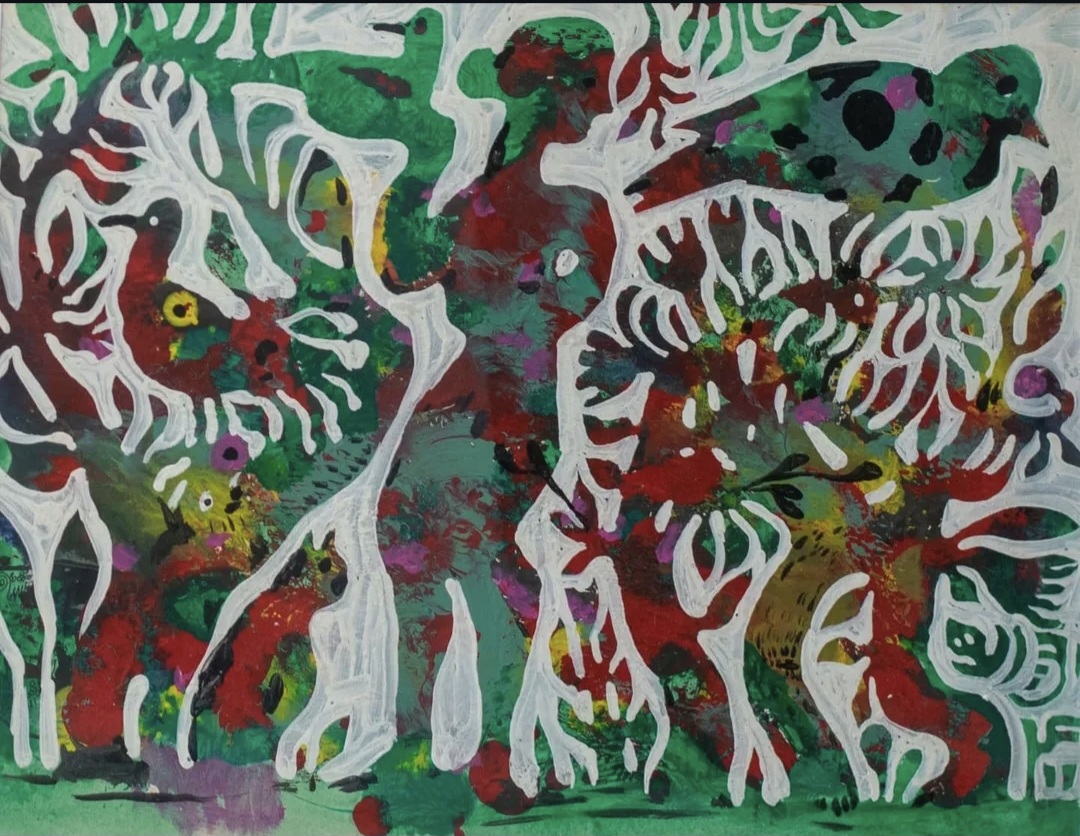
2. Reza, hedayat. 2025, the garden of no fall, acrylic on canvas, 40×55cm, negar gallery, tehran, personal picture.
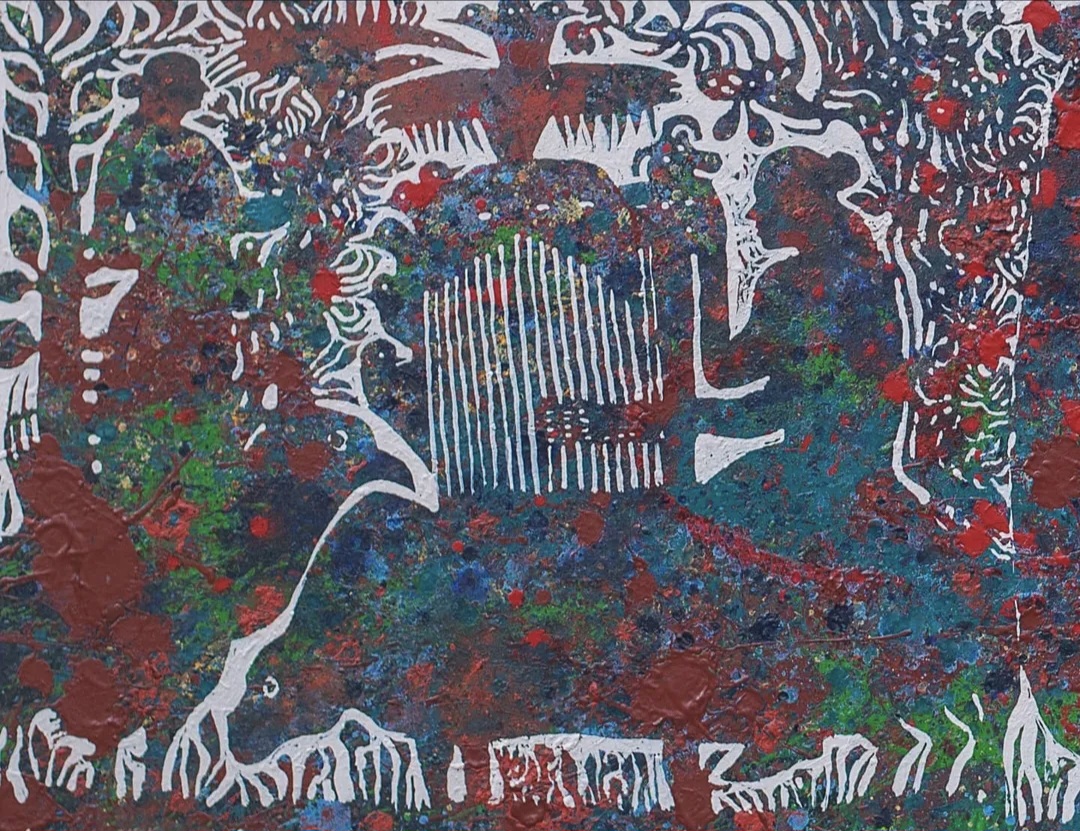
3. Reza, hedayat. 2025, the garden of no fall, detail of lmage, acrylic on canvas, 70×220cm, negar gallery, tehran, personal picture.
Author: Firoozeh saboori
References:
1. Reza hedayat (1966 Iran).
2. Zamaaneh (2007), A conversation with Reza Hedayat about her exhibition at the assar gallery.
3. Marzban, Parviz. (2017) Kholase-ye Tarikh-e Honar [Summary of the History of Art]. 22nd edn. Tehran: Scientific and Cultural Publishing, pp.11–12.
4. Farhikhtegan (2017), Reza Hedayat exhibition at Shirin Gallery.
5. Ideagallery (no date) reza hedayat.
6. Hedayat, Reza. (2025) 'Bāgh-e Bi Khazān' [The Garden of Eternal Autumn], in Catalog of Bāgh-e Bi Khazān. Tehran: Negar Gallery.
7. Nizami, Jamal ad-Dīn Abū Muhammad Ilyās ibn-Yūsuf ibn-Zakkī. (2009) Khamsa [The Five]. Based on the critical scientific text of the Academy of Sciences of the Soviet Union (under Bertels). Tehran: Qoqnoos, pp. 854-860.
All image sources:
Saboori, Firoozeh. (2025) Photograph of Reza Hedayat's Untitled [photograph]. Exhibited at: The Garden of No Fall, Negar Gallery, 11 April 2025.
